Before there were micro-Nines, subcompacts, and whatever, there were truly tiny pistols. The purpose was for extreme deep concealment, situations where being found to be armed could be more than a serious problem. In the enlightened era of “Shall Issue” laws, permit-free legal carry and other innovations, the gun makers have made guns for discreet carry that are small-yet-larger, if that makes sense.
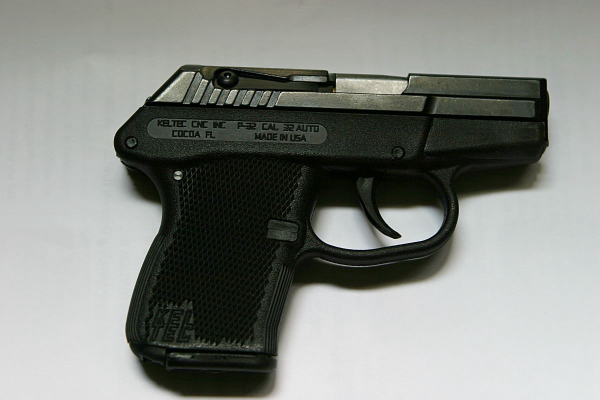
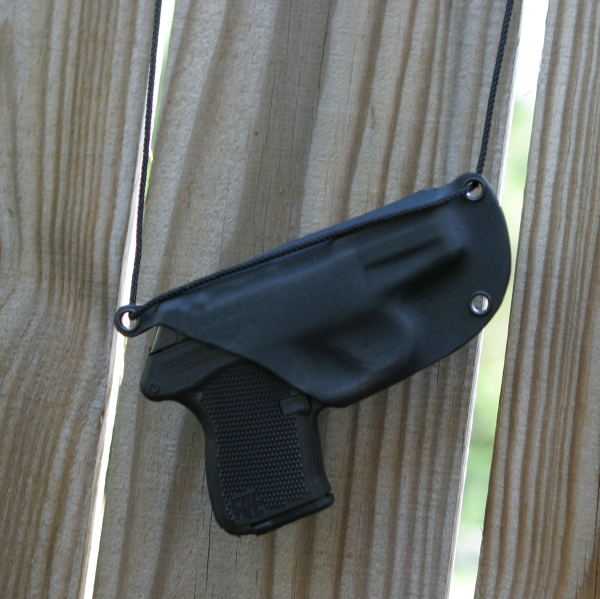
But the days of the five- or six-shot pocket auto aren’t that far removed and some variants are still available. Are they of any use now?
The first problem with any truly small autoloaders is one of reliability. Being carried deeply concealed leads to accumulation of lint, dust, and other nastiness that – in concert with the lube the gun needs to function – serves to gum up the works. Remember too that these guns are to be carried often and shot occasionally. Taking a 500-round one- or two-day class is not only uncomfortable, but some of these guns will struggle to make it without various failures including parts breakage.
Are you relying on a frail bit of machinery? – That could be.
And that makes it difficult to train with them.
The next issue is relative precision. If we agree that the mini-hole puncher will have limited amounts of horsepower – like all conventional handguns – we like to ensure that hits will go precisely where they do the most good. That’s not likely when it’s a hard-to-train-with micro gun with micro sights and very little to hang onto.
Finally, we have rapid accessibility. If the gun’s going to be well hidden and easily carried, you likely gave up an appropriately sized gripping surface and you have it buried under layers of clothing. That will hinder speed.
And, unless you have a crystal ball, you may not know when to “stage” that gun for quicker access.
We’ve come a long way from the Colt 25 autos, various derringers, single-shot/single barrel break-opens and the like. The Colt Pocket Auto was large for 32 ACP and 380 ACP guns. Set them next to the P-32, P3AT and various Ruger LCP pocket guns – modern versions of the older micros -- for comparison.
While I have some experience with the KelTec P-32 and more experience with various Ruger LCP offerings, there are others out there. I’ll go with what I know.
The 6.6-ounce, 7+1 capacity KelTec P-32 was more powerful than I expected. I found it to be somewhat reliable until I ran into “rim lock.” The 7.65 Browning/32 ACP is a semi-rimmed cartridge, a bad idea. With some loads, the top round in the magazine would move back over the second round, positively locking the gun up. I can imagine the excitement if it happened operationally.
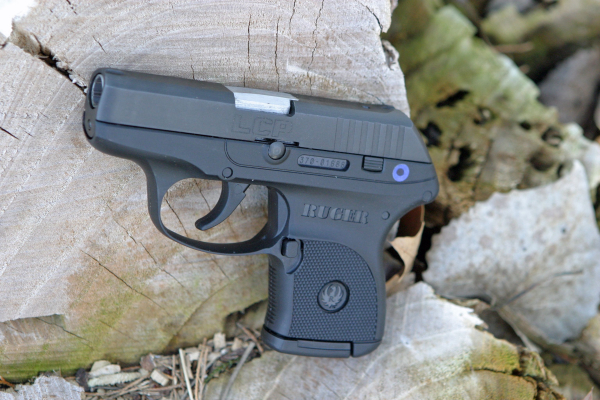
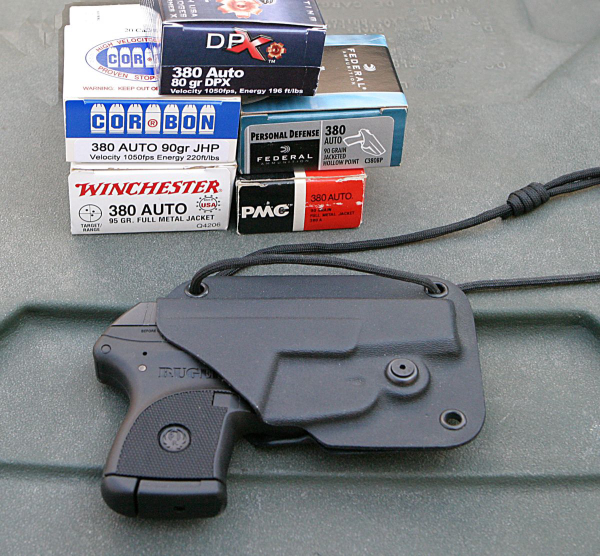
While the 380 in the original LCP and P3AT will beat you to death shooting it, fights are usually short-term affairs and don’t usually require boxcars full of ammo to sort out. They also don’t suffer from rim lock.
The P-32 and original LCP guns I have carried in horizontal kydex holsters suspended from my neck by paracord. Not an ideal carry method – when concealed, it’s slow to get to and obvious to anyone who’s awake that you’re drawing a gun – it still “did” when nothing else would.
Various pocket holsters work – but with any holster, the first step is getting a firing grip on the gun. With guns this size, you find that a firing grip is tough to acquire on a range when you have time.
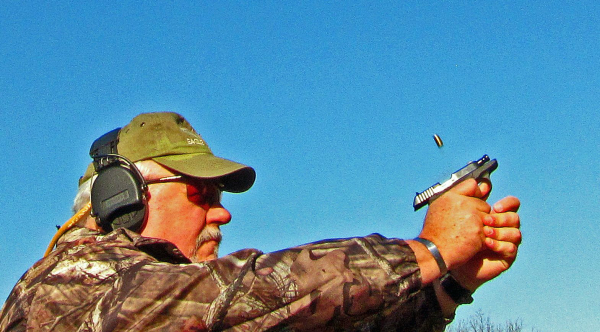
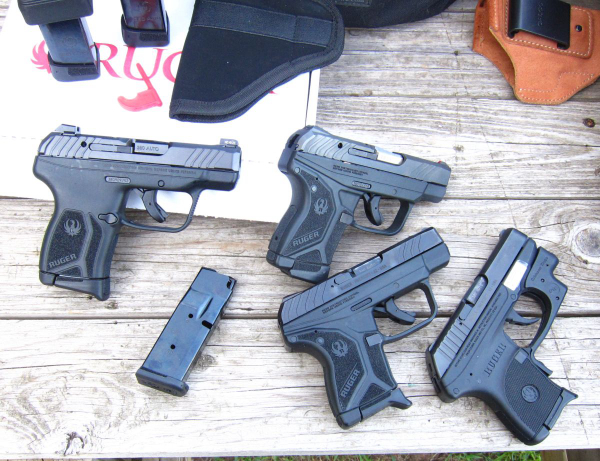
The LCP II has a vastly better situation vis-a-viz finding a grip on the gun. Some say the trigger is better, but I still like the second-gen LCP double-action hammer-fired variety.
The LCP MAX is worlds better in the grip and sights department – it’s almost like cheating. It’s still small enough to fit that microgun category. I prefer to load the magazine down by one – like all of the micro guns, as loading it to maximum leaves a lot to chance.
Obviously, the S&W Shield, the SIG P365, GLOCK 42/43, Springfield Hellcat are all easier to use – just as service compacts (like the Ruger RXM) are easier to use than the micro-9 varieties are. The true micros are there when you can’t carry anything larger.
You better make sure you can shoot them well.
— Rich Grassi